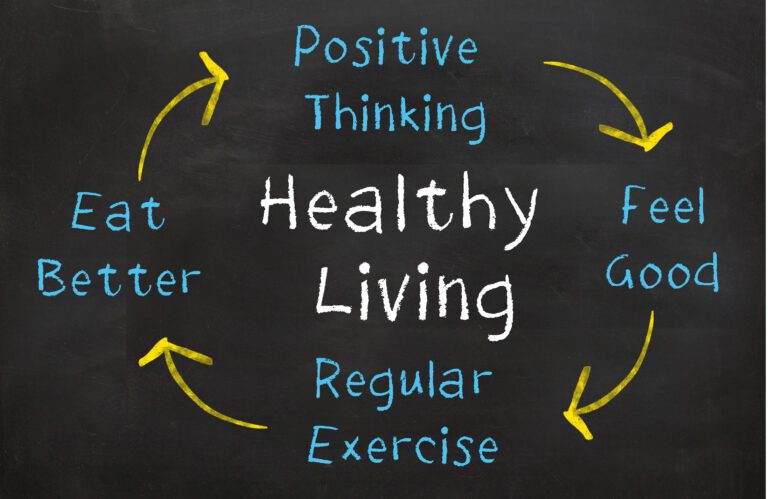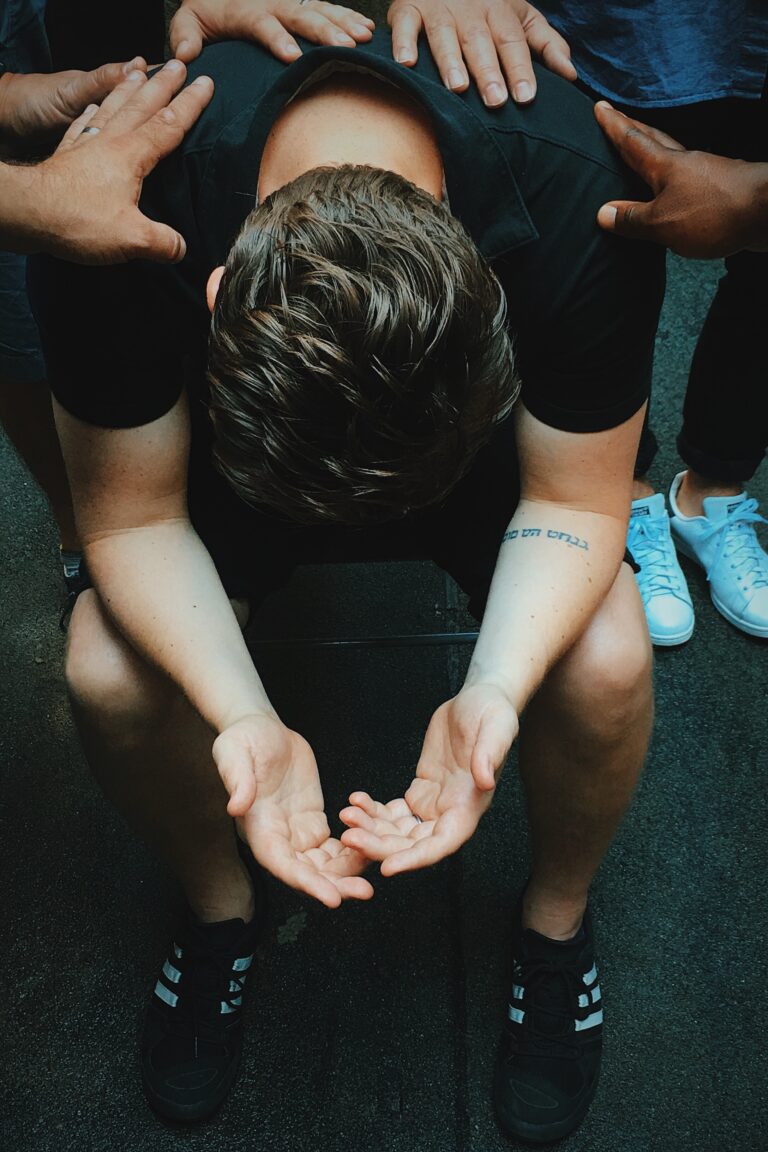The Importance of Physical Health as a Component of Your Treatment Plan
Through the years, I found the importance of regular exercise to improve both my physical health and mental health. Personally, it comes right after my sleep and daily medication.
My Journey to Better Physical Health
Don’t get me wrong. I am NOT saying that exercise should take the place of your medication.
I use daily exercise to help manage my bipolar disorder. Getting a good workout always makes me feel better.
So you can probably guess my feelings when I could no longer work out at the intensity and frequency I had become accustomed to.
Background
I have a diploma in personal training and sports nutrition. For several years, I worked as a personal trainer, helping dozens of clients lose weight by following programs I specifically created for them.
Somewhere around the beginning of 2017, I began a new medication. Fortunately, it worked for me, but unfortunately, I had some pretty intense side effects. At the time, I weighed close to 150 pounds.
Weight gain is not an emergent side effect, but it can completely mess with your quality of life. That is what happened in my situation.
Week after week, I slowly put on weight. My physical health was going downhill. I had no energy to work out, and even if I did, my lack of motivation dictated otherwise.
Weight gain caused my blood pressure to go up, along with my cholesterol. Other blood tests were adversely affected, along with my overall mood and energy level. I felt horrible, both mentally and physically.
At the start of 2018, I topped the scale at 198 pounds—a 48-pound increase! They had given me the new medication for a year, and although it helped me manage my bipolar disorder, my quality of life was not where I wanted it to be.
Therefore, I spoke with my doctor about my concerns about the weight gain. She switched me off the weight-gaining medication, and we mapped out a new game plan involving a different medication cocktail and the addition of physical activity.
Financing Your Program to Better Physical Health
Following my doctor’s recommendation and guidance, I decided to restart lifting weights. I found I am more likely to stick with my weight-lifting program because I enjoy it.
After researching all of my options, I found it more cost-effective to purchase a set of adjustable dumbbell weights to use at home, as opposed to joining a gym. I made a onetime payment for the weights, and now I don’t have to worry about making ongoing payments for a gym membership.
Not only do I save money working out at home, but it provides me with great flexibility regarding my workout schedule. It also keeps me from spending time driving to and from the gym.
The Program
I make sure to follow a workout program that I can fit into my schedule throughout the day. If I have to stop my workout after 10 minutes, I want to feel free to do so. Then, I can finish it later when I find more time. If you are a parent, having this flexibility allows you the ability to get in your daily workout, while also helping out your kids. After all, we all know how much support they need!
Shorter intense workouts are great if you don’t have large chunks of time to spare. I create my workouts and break them up into two or three “sections,” if needed. My workouts range in length from 20 minutes, all the way up to an hour. It just depends on how much time I have and the schedule for the day.
I use three different workouts to hit all of the major and minor muscle groups throughout the body. I utilize periodization to plan my workouts from week to week, and I work out Monday through Saturday. Sunday is a light/rest day. This way, I train my entire body twice a week.
Goals
I have a few goals when it comes to my exercise routine. I want to lose weight and increase my overall physical health, along with enhancing my mood and bettering my mental health. This helps me to manage bipolar disorder daily.
By focusing on enhancing my mood, I am programming my mind to use exercise as part of my lifestyle and daily routine. For me, it is easier to get myself through the motions of my workout to physically and mentally feel better about myself.
Since something is better than nothing, even doing part of my actual workout is a win.
Changing My Goals for Physical Health
In the past, my only goals were to lose weight and gain muscle. This, however, created an “all-or-nothing” mentality. At least, that was my experience.
Focusing on my mental health as my number one priority, there is a grey area. It isn’t just black and white.
I know the weight will melt off if I exercise, and my physical health will improve. It’s just a matter of taking action and maintaining consistency.
From the time I wake up until I go to sleep, I make it a non-negotiable to get through a workout. If I can’t exercise first thing in the morning, I will put it off until later. As an absolute last resort, I will get through the workout right before I go to bed.
Anybody can find 20-30 minutes during the day, right? Break up the workout and the time needed to complete it if you need to. If you don’t make the time, you are sabotaging yourself.
I need flexibility with my exercise program to get in my workout each day. It is what works for me, and I hope it does for you, too.
Like I said before, something is better than nothing. That line of thinking reduces the self-imposed stress I put on myself. Find what works for you and do it.
Facing Adversity
For five weeks, I followed my weight-lifting program down to the letter.
I worked out six days per week, Monday through Saturday. The average workout was between 20 and 30 minutes in length. I targeted all my major and minor muscle groups from head to toe. I worked out my whole body twice per week. I felt a positive transformation in both my mental and physical health.
After five weeks of working out, I lost 18 pounds.
Then, unexpectedly, I came down with pneumonia and was hospitalized for three days. I have asthma, and together with pneumonia, the two wore me down. I was ordered to stop working out.
Dealing with these physical ailments set me back, but I knew I would simply begin exercising when my doctor cleared me.
Don’t let a bump in the road knock you off your path to overall health. It has taken me a lot of reframing to accept it, but I have been able to. I know, easier said than done, right?
My Break from the Program
During the time I could not exercise, I focused on improving my eating habits.
My eating habits have always been less than desirable. I love food, and eating healthy has always been a struggle.
Focusing on portion control and fueling my body has improved my personal eating choices. I also experimented with a gluten-free, vegan meal replacement shake. Each day, I consumed two shakes, and I ate a third meal. If needed, I would eat a snack with no more than two total during the day.
A serving of this meal replacement costs around $2 and contains the macronutrients and micronutrients that my body needs to function. The only downside is drinking a meal. It felt a little unorthodox at first, but I quickly adjusted.
My Continued Journey to Better Physical Health
A few weeks passed after I was discharged from the hospital and treated for pneumonia. My doctor said I could return to my normal exercise program, but I needed to listen to my body and not overdo it.
My doctor also told me it would take approximately three more months before my body totally and completely healed.
The Plan
I restarted the workout program I was following before coming down with pneumonia. I focused on the process of simply getting through a workout each day.
Consistency is paramount to any workout program. I committed to six workouts each week.
I utilized my adjustable weights, adjustable bench, and pull-up bar to complete my daily workouts.
The Reality
I suffer from asthma. Recovering from pneumonia makes things more complicated.
Pneumonia compromised my physical health and my cardiovascular threshold. I still pushed myself, but not to the degree I did before.
I mentioned the importance of consistency.
Working out six days per week was my main goal (and still is). My workout plan consisted of a warm-up, a workout, a cool-down, and stretching.
I have always been working on my eating habits. Food is something I enjoy.
Suggestions
You may be wondering where to find advice about a workout program or eating plan.
A simple Google search of the type of workout you are looking for will produce a number of results, ranging from articles to YouTube how-to videos.
When it comes to better physical health, reclaiming your body is within your power and control. The ideas I have mentioned are only the beginning.
Working out makes me feel better about myself. It slows the aging process and contributes to an enhancement in my mood and overall mental health. I have more energy, sleep better, feel less anxious, and am not so pent-up with excess energy from my mind and body.
My overall quality of life increased dramatically when I started focusing on improving my physical health, in addition to my mental health. I make sure to work on both my physical health and mental health daily to manage my bipolar disorder.
Last Thoughts
From this day forward, promise yourself that you will start taking action daily. Whatever this looks like for you, do it. Whether it be at home, at the gym, or doing something outside, get moving.
You owe it to yourself to be a proactive participant in your health.
Have a clear picture of where you want to go. Just remember, the path can curve in a different direction (like my pneumonia). When that happens, plan to restart your workouts as soon as you are physically able – under the guidance of a doctor, of course.
It is extremely empowering when you can change your perspective.
I love working out, knowing it will help to enhance my mood, make me feel better, and lose weight.
You should try it if you have not already. For me, improving my physical health has been a game-changer.







